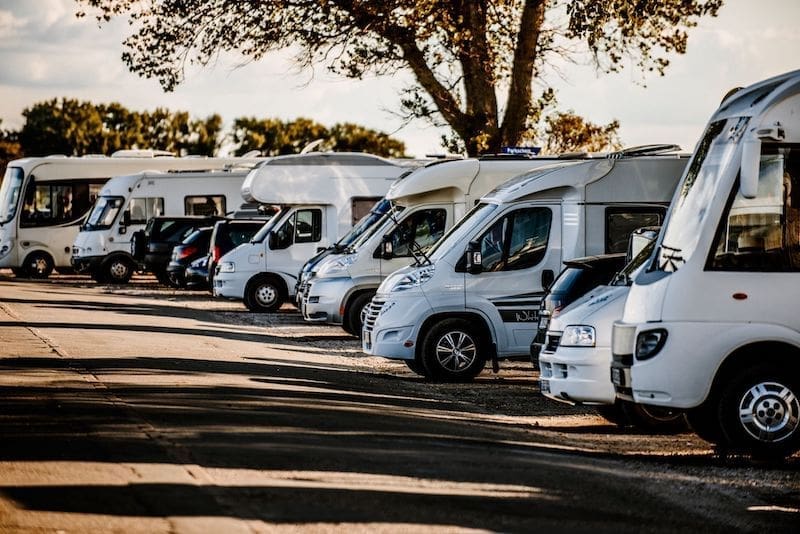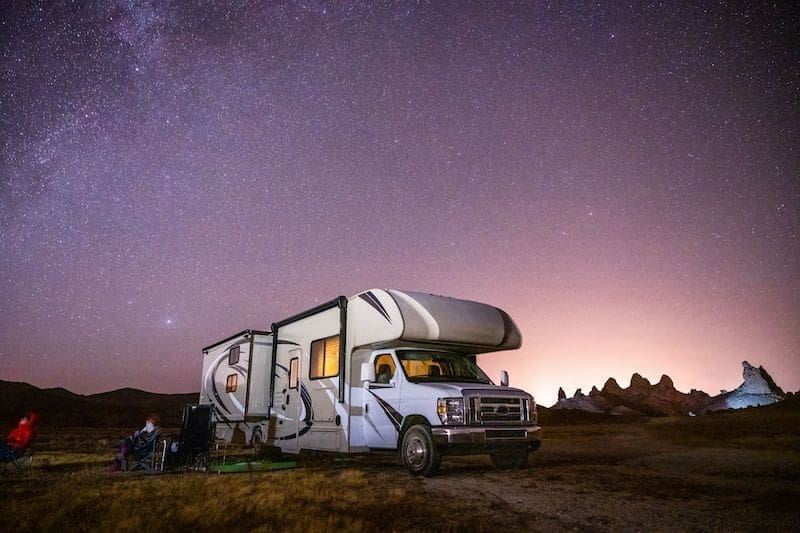Over the years, the demand for motorhomes increased by more than 62% between 2001 and 2021. Motorhomes are not only for travel enthusiasts pursuing a nomadic lifestyle but also perfect transportation for families or friends who wish to go on long road trips.
A buying guide to motorhomes
A motorhome is a massive investment. Think of this as buying your second home. The more luxurious and comfortable your chosen motorhome is, the higher its price tag will be. But don’t fret. This article will tackle some essential factors to consider before browsing motorhomes for sale and deciding which one to buy. So, read more below.
What are some of the classes of motorhomes?

It’s a good idea to enlighten yourself about the different classes of motorhomes available to know what you’ll be getting for your money. Each class is built to suit people’s different needs and preferences.
Here are your options:
- Class A motorhomes: This is the biggest yet most luxurious and expensive option in all motorhome classes. It can be anywhere between 29 to 45 ft long and accommodate six to eight people. It can cost around USD$375,000 on average. Class A motorhomes can offer all the features you usually find in a small apartment. However, the motorhome’s size may be an issue if the driver isn’t used to handling a gigantic vehicle because it’s harder to maneuver.
- Class B motorhomes: A complete contrast to Class A motorhomes, Class B is the smallest type. Its size only ranges between 18 to 24 ft long, suitable for up to four persons. According to TripSavvy, the price usually starts at around USD$50,000. Although it lacks enough room for sleeping, cooking, and storage, Class B motorhome is much easier to maneuver and uses less fuel than Class A.
- Class B+ motorhomes: Although quite similar to Class B, Class B+ offers more luxury and size. For example, the kitchen and living space in Class B+ may be slightly wider than Class B. Its price starts between USD$ 50,000 and USD$ 65,000. If you’re traveling in large groups, Class B+ may be a better option than Class B due to its slightly bigger cabin size.
- Class C motorhomes: This class is the middle ground between Class A and Class B motorhomes. It’s like a large version of Class B but with the luxuries offered in Class A. Its size ranges from 30 to 33 ft long, suitable for eight people. Its price begins at around USD$65,000.
Consider the classes of motorhomes to help you decide which motorhome to invest in.
Choosing a motorhome layout based on your needs
Before investing in a motorhome, consider the space you want for the number of people traveling with you and the purpose of your motorhome. Are you using it as a means of transport for group travels, or will you use it as a mobile home and live a nomadic lifestyle?
Here are some points to keep in mind when answering this question:
- Berths and beds: If you’re buying a motorhome for a nomadic lifestyle, investing in a larger motorhome with enough space for a fixed bed may be best. Considering that your motorhome will be your home on the road now, it would be much more comfortable if you didn’t have to keep fixing your sleeping area every time.
Meanwhile, if you’re buying a motorhome for a weekend or occasional road trip, you can choose a smaller motorhome with berths. That said, consider the length of the berths to know if it’s enough for your legs to stretch.
- Kitchen and dining space: Your chosen motorhome’s kitchen and dining layout must depend on how you use the vehicle and its amenities. For example, if you’re only using it for the short term and prefer cooking and eating outside, buying a motorhome with a small kitchen area may not be much of a problem for you.
In contrast, a motorhome with a spacious kitchen and dining area may be ideal if you prefer using your kitchen and dining area full-time without using outdoor cooking gear.
- Bathroom area: If you plan to stop and park on campsites when you need a toilet break, you may not have to worry about choosing a spacious bathroom for your motorhome. Some also would like to skimp on bathroom space and prefer using roadside portable toilets. However, if you don’t want to use public restrooms and prefer a private and comfortable bathroom, make sure your chosen motorhome has enough room for its bathroom.
Ultimately, aside from the cost of a motorhome, it’s ideal to factor in the layout to achieve the level of comfort you need.
Should you buy a brand-new or secondhand motorhome?
With an ideal layout in mind, another factor you’ll need to consider is whether to buy a new or secondhand motorhome.
If you opt for a brand-new motorhome, you can guarantee that your vehicle is in its pristine and high-quality condition, covered by a full warranty from the manufacturer. You also have the option to request customization — think improved audio systems, unique body paint, coupled with one of the most distinctive Private Number Plates. However, it may be worth noting down that brand-new motorhomes are more expensive than used ones, and for good reasons. So, should you decide to buy a new motorhome, it would be a good idea to acquire the necessary funds that could aid you the process of buying the vehicle.
Buying a used motorhome may be your best option if you have a limited budget. Even if it’s secondhand, you can choose to redecorate or rebuild some of its parts. However, you’ll have to consider the drawbacks as well. Since it’s already used, it may have some underlying problems that require costly repairs and maintenance.
Overall, it’s your choice whether you’re comfortable buying a brand-new motorhome or if it’s more budget-friendly to opt for a second-hand vehicle.
Conclusion
A motorhome is a valuable investment, so you must do your due diligence. Take your time to browse different motorhome models, visit showrooms, and talk to dealers until you find the best one that’ll help make your travel vacation and road adventure comfortable and enjoyable.



























